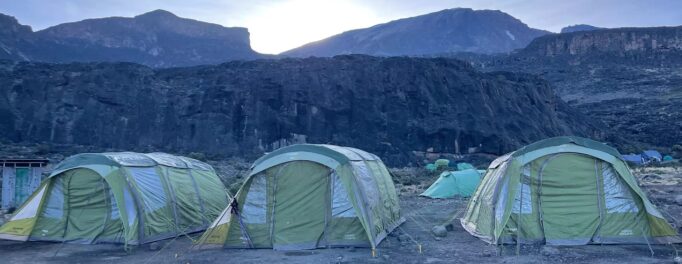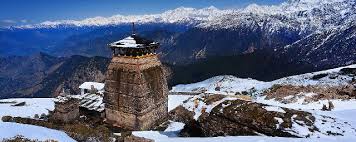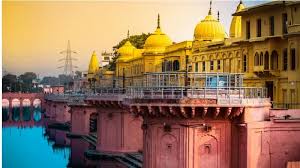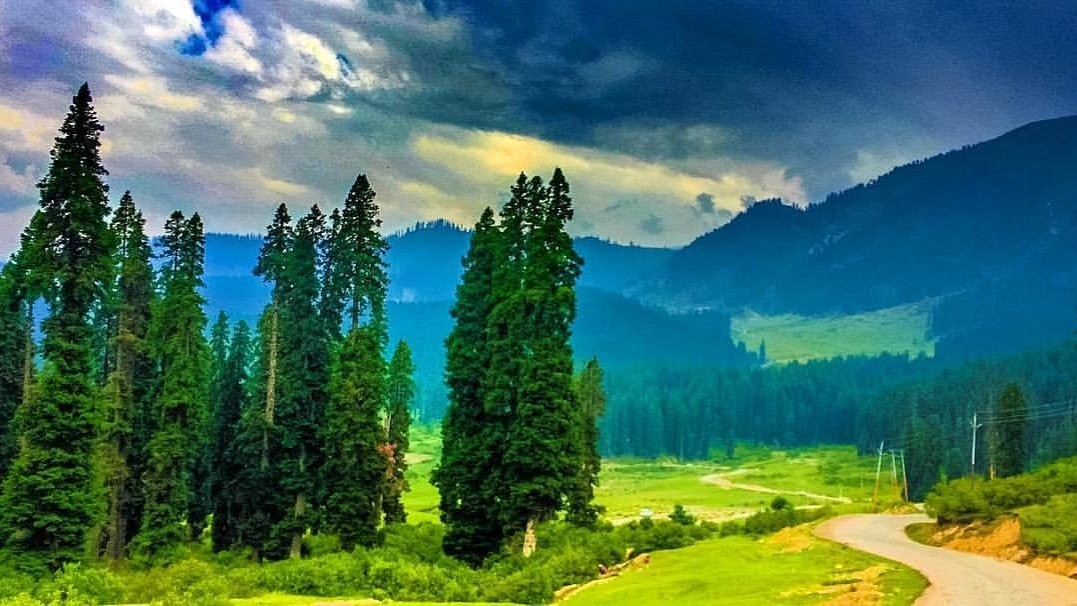Exploring the Sacred Buddhist Pilgrimage Sites of India in 2025
India, the birthplace of Buddhism, is home to several sacred sites that attract pilgrims and spiritual seekers from around the world. These Buddhist tourist destinations in India are not only deeply tied to the life and teachings of Lord Buddha but also reflect the rich cultural heritage and history of Buddhism.
India’s Buddhist pilgrimage sites offer a unique opportunity to explore ancient monasteries, temples, stupas, and sacred grounds that hold significant importance in the spiritual journey of Buddhists.
In 2025, many travelers are opting for Buddhist pilgrimages to experience the serene atmosphere, connect with Buddhist teachings, and pay homage to the places where Lord Buddha lived, meditated, and achieved enlightenment. Below are some of the most famous Buddhist pilgrimage places in India.
1. Bodh Gaya – The Place of Enlightenment
Bodh Gaya, located in Bihar, is arguably the most significant of all Buddhist tourist destinations in India. It is the place where Lord Buddha attained enlightenment under the Bodhi tree. This sacred site is home to the Mahabodhi Temple, a UNESCO World Heritage site, which houses the revered Bodhi tree. Pilgrims from all around the world visit Bodh Gaya to meditate and pay homage to Buddha’s enlightenment.
The temple complex also features several smaller shrines and statues of Buddha, representing various stages of his life. Visitors can walk around the temple, meditate in the peaceful surroundings, and reflect on Buddha’s teachings. Bodh Gaya is an essential stop for anyone looking to explore the roots of Buddhism.
2. Lumbini – The Birthplace of Buddha
Though Lumbini is located in Nepal, it is an important Buddhist pilgrimage site for Indian pilgrims as well. It is the birthplace of Lord Buddha, where he was born in 623 BCE. Lumbini’s serene surroundings make it a place of deep spiritual significance. The Maya Devi Temple stands at the spot where Buddha was born, and the sacred Puskarini Pond is where Queen Maya Devi took a ritual bath before giving birth.
Lumbini is not only significant for Buddhist pilgrims but also attracts people from various religious backgrounds who come to learn about Buddha’s life and teachings. This place offers a peaceful atmosphere perfect for meditation and reflection.
3. Sarnath – The Place of Buddha’s First Sermon
Located near Varanasi in Uttar Pradesh, Sarnath holds immense significance as the site where Lord Buddha delivered his first sermon after attaining enlightenment. The site is home to the Dhamek Stupa, which marks the spot where Buddha gave his first teachings on the Four Noble Truths and the Eightfold Path.
Other important structures at Sarnath include the Chaukhandi Stupa, the Mulagandha Kuti Vihara, and the Sarnath Archaeological Museum, which houses important artifacts from the Buddhist era. Sarnath is considered a center of Buddhist learning and is often visited by those seeking a deeper understanding of Buddhist philosophy.
4. Kushinagar – The Place of Buddha’s Parinirvana
Kushinagar, located in Uttar Pradesh, is one of the most important Buddhist pilgrimage sites, as it marks the place where Lord Buddha passed away and attained Mahaparinirvana. The main attraction in Kushinagar is the Mahaparinirvana Temple, which houses a reclining Buddha statue, symbolizing Buddha’s final moments before entering Nirvana.
The Ramabhar Stupa is another important site in Kushinagar. It is believed to be the spot where Buddha was cremated. Pilgrims visit Kushinagar to pay their respects and reflect on Buddha’s final teachings, which emphasize the impermanence of life and the path to liberation.
5. Rajgir – The Place of Buddha’s Meditation
Rajgir, located in Bihar, was one of the places where Lord Buddha spent many years meditating and teaching his disciples. Rajgir is a significant Buddhist pilgrimage destination because of its connection to the Vulture’s Peak (Gijjhakuta), where Buddha delivered many of his sermons. The Vishwamitri Hill and the Bimbisar’s Jail are also located in Rajgir, both of which are historically significant places related to Buddha’s life.
The Griddhakuta Hill offers panoramic views of the surrounding region and is an ideal spot for meditation and reflection. Rajgir also holds importance due to its association with the early Buddhist Sangha and the Buddha’s teachings on ethics and spiritual practice.
6. Nalanda – The Ancient Buddhist University
Located in Bihar, Nalanda is one of the oldest and most renowned Buddhist educational institutions in history. Founded in the 5th century CE, the Nalanda University attracted students and scholars from across Asia. This ancient university played a significant role in the development of Buddhist philosophy and scriptures.
Today, Nalanda is home to the ruins of the university, the Nalanda Archaeological Museum, and the Nalanda Stupa. The site offers visitors a glimpse into the intellectual and spiritual advancements of ancient India and is a must-visit for anyone interested in the history of Buddhism and education.
7. Sanchi – The Stupas of Ancient India
Located in Madhya Pradesh, Sanchi is a UNESCO World Heritage site and is famous for its ancient Buddhist stupas, monasteries, and temples. The most important structure at Sanchi is the Sanchi Stupa, which is one of the oldest stone structures in India and is a key site for Buddhist pilgrims. The stupa contains relics of Lord Buddha and is adorned with intricate carvings that depict scenes from Buddha’s life.
The site also includes several pillars, temples, and monasteries, making it a significant destination for those looking to explore Buddhist art and architecture.
8. Tawang – A Spiritual Journey in Arunachal Pradesh
Located in the northeastern state of Arunachal Pradesh, Tawang is a prominent Buddhist site that is home to the Tawang Monastery, the largest monastery in India and the second-largest in the world. The monastery is perched at an altitude of 10,000 feet and offers breathtaking views of the surrounding mountains.
The monastery houses ancient scriptures, beautiful murals, and a large statue of Buddha, making it a peaceful and serene destination for Buddhist pilgrims. Tawang also celebrates several Buddhist festivals, attracting travelers and devotees from all over the world.
9. Mount Abu – A Spiritual Retreat in Rajasthan
Though not as well-known as other Buddhist destinations in India, Mount Abu in Rajasthan holds significance for the Brahma Kumaris, a spiritual organization that blends Buddhist principles with Hindu philosophy. The Mount Abu area also features the Dilwara Temples, renowned for their intricate architecture and spiritual significance.
This region is a serene place for meditation and reflection, making it a popular destination for spiritual seekers.
Conclusion
India is a treasure trove of Buddhist tourist destinations, each offering a unique insight into the life and teachings of Lord Buddha. From the peaceful meditation sites in Bodh Gaya to the historic monasteries of Sikkim and Arunachal Pradesh, these Buddhist pilgrimage sites provide spiritual travelers with an opportunity to deepen their understanding of Buddhism and connect with the teachings of one of the world’s greatest spiritual leaders.
For those seeking a deeper connection to Buddhism, exploring the famous Buddhist tourist destinations in India is an enriching journey that promises to leave a lasting impression. Whether you are looking for solace, inspiration, or enlightenment, these sacred sites offer the perfect setting for spiritual reflection and personal growth.














































Leave a Reply